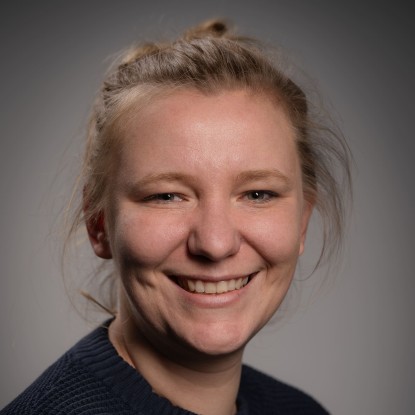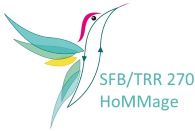Overview
Fabrication of 3D magnets by additive manufacturing would enable another degree of freedom in magnet design. Laser powder bed fusion (L-PBF) is the golden standard of industrial, precision 3D metal printing. But in contrast to binder-based magnet printing, successful L-PBF of magnet micropowders has only rarely been investigated and suffers from process-related crystal structures that need to be improved to increase mechanical stability, minimize oxidation, and suppress columnar crystal growth. Here, micropowder materials design by nanoparticle functionalization may significantly improve the final microscopic and macroscopic properties, thereby contributing to better hysteresis design.
The aim is to fabricate 3D free-form magnets with improved mechanical stability and enable hysteresis design by grain boundary engineering with nanoparticles (NPs). This project addresses the full process chain starting from materials synthesis and micromagnet functionalization, to additive manufacturing.
| Name | Contact | |
|---|---|---|

| Prof. Dr.-Ing. Stephan Barcikowski | stephan.barcikowski@uni-due.de +49 (0)201 183-3150 S07 S01 C29 |

| Dr. Anna Rosa Ziefuß | anna.ziefuss@uni-due.de +49 (0)201 183-3067 S07 S06 D20 |

| Philipp Gabriel | philipp.gabriel@uni-due.de +49 (0) 201 183 6173 S07 S06 D23 |



